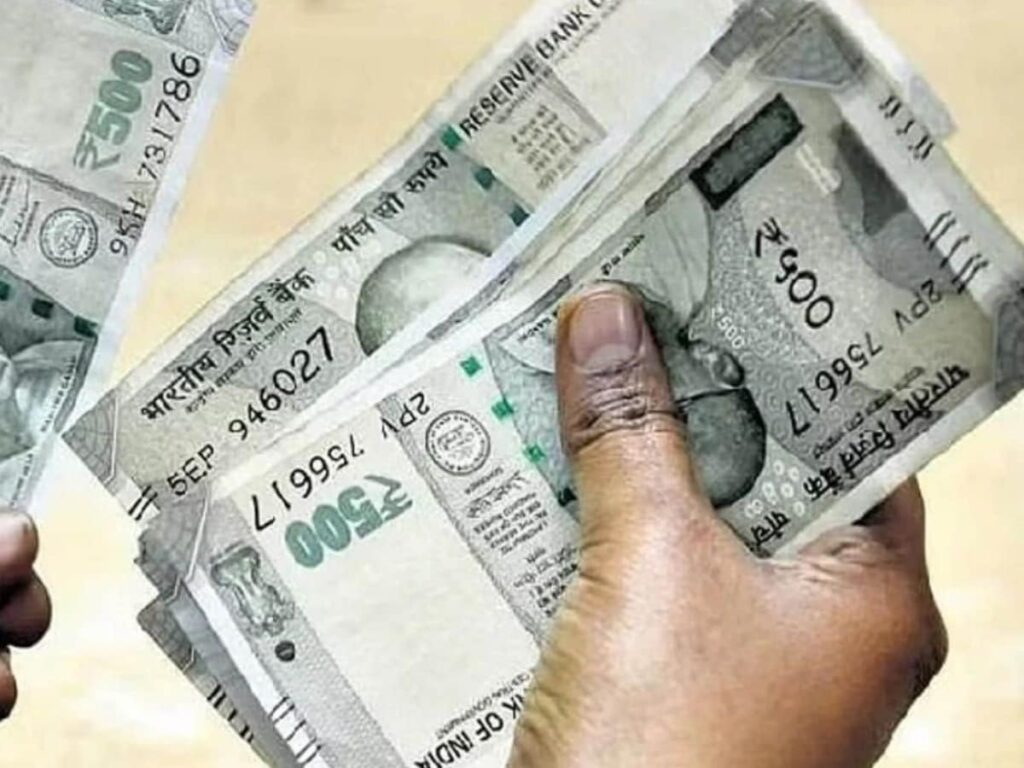The Indian financial landscape is often shaped by significant announcements and policies, influencing various sectors of the economy. One such crucial event that the middle class is keenly observing is the upcoming Monetary Policy Committee (MPC) meeting by the Reserve Bank of India (RBI) on February 7, 2025. Following the recent tax relief measures announced by Finance Minister Nirmala Sitharaman, there is heightened anticipation regarding the decisions that will be made, particularly how they will impact interest rates and the overall economic environment.
Impact of RBI’s Monetary Policy on the Middle Class
The outcomes of the RBI’s MPC meeting can have far-reaching consequences for the middle class in India. Here are some key areas that could be impacted:
1. Interest Rates on Loans
One of the most immediate effects of the RBI’s decisions is on interest rates. Changes in the repo rate can directly influence the cost of borrowing for home loans, personal loans, and auto loans, which are commonly utilized by middle-class households.
2. Inflation Control
The MPC’s policies are closely linked to inflation management. Higher interest rates can help curb inflation, which is a critical concern for the middle class as it affects purchasing power and the cost of living.
3. Investment and Savings
Decisions made by the RBI can impact fixed deposit rates and other savings instruments. A favorable interest rate environment encourages saving, which is particularly important for the middle class in planning for future expenses and investments.
What to Expect from the MPC Meeting
Market analysts are speculating on various outcomes from the upcoming MPC meeting. Here are some anticipated scenarios:
| Scenario | Possible Impact |
|---|---|
| Maintain Current Rate | Stability in loan rates; possible inflationary pressures to continue. |
| Rate Hike | Increased borrowing costs; potential slow down in consumer spending. |
| Rate Cut | Lower borrowing costs; encouragement of spending and investment. |
Conclusion
As middle-class families await the RBI’s monetary policy decisions, their financial future hangs in the balance. The February 7 meeting promises to be a pivotal moment that could determine the economic trajectory for months to come. Whether interest rates will rise, fall, or remain steady, the implications will echo through households across the country. Staying informed and prepared for these changes is essential for making sound financial decisions in the dynamic Indian economy.
